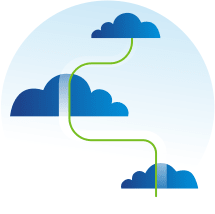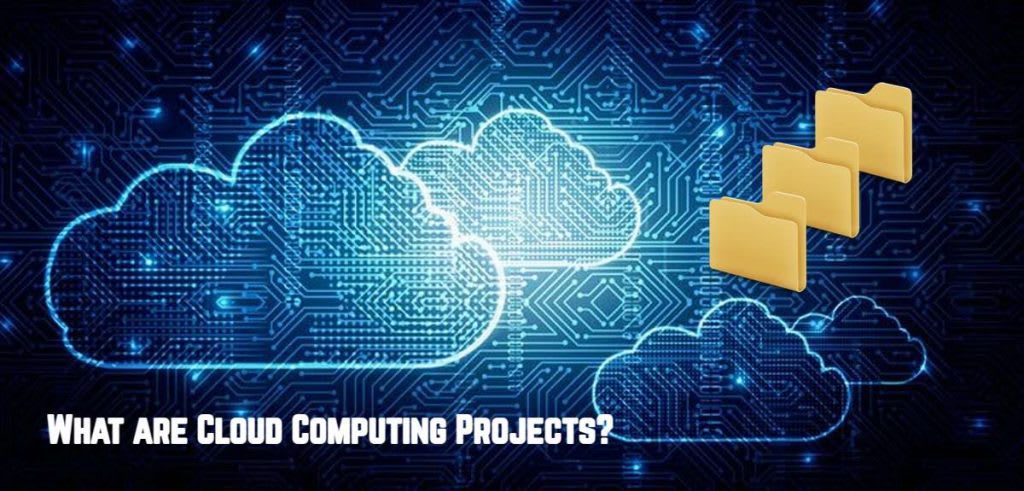Category: Tutorials
The Liquid Web knowledgebase provides information on thousands of topics surrounding every aspect of hosting, Linux, Windows, and countless other article types that help boost your Liquid Web experience!
How to Investigate Server Load: Part 2
Introduction
In this second tutorial on server load, we outline the steps that should be taken when investigating where server load originates and what may be causing your server to become overloaded. As noted in Part 1 of our series, excessive use of any apps or services can typically cause load issues. Here are the four main areas of concern:
How to Investigate Server Load: Part 1
Introduction
In this two-part series, we outline the steps to take when investigating where server load originates or causing your server to become overloaded. When running a server that hosts multiple websites, high load issues often crop up. To find out how and why this occurs, read on.
Why Choose a VMware Cloud?

If you have been in the hosting industry for some time, you most likely had to upgrade your hosting package or resize your server at some point. As your business grows, so do the resources needed to run that business. Over the years, someone has most likely recommended a private cloud solution to you. You probably asked yourself why you would need a more expensive private solution like VMware cloud when you have a powerful VPS server or Dedicated server that is perfectly capable of handling your existing traffic.
What are Cloud Computing Projects?

What is a Project?
A project is a group of virtual machines, servers, and online assets such as domain registration that work together to deliver your business online. These cloud computing based servers work in tandem to ensure that your website and applications are always online, regardless of operating your business on a dedicated, VPS, or cloud environment.
Find the IP of a Linux Server via the Command Line
Knowing your server's IP address(s) can be useful information to have for various reasons. After all, other than your domain, the server's IP is the main address used to reach the server. Knowing a server's IPs may be necessary when making changes to: DNS, networking, and security. A server may have a single IP, or multiple IPs, but sometimes, you may need a quick method to double-check since it's easy to forget.
What Is a Python Function? A Tutorial

What is a Python Function?
In this tutorial, we discuss one of the most useful attributes of Python: the function. Python functions are considered “First Class” objects. A First Class object can be assigned to variables, stored in data structures, passed as arguments to other functions, or even return values from other functions. Other examples of First Class objects in Python are integers, strings, and dictionaries.
How to Configure a .htaccess Redirect

In this tutorial, we discuss the Apache .htaccess file and the many ways it can be modified and configured to suit your specific needs. We will be reviewing how to configure .htaccess redirects, rewrites, and add other customizations.
Let's say you have decided to change domain names or have one web address on your site that you want to redirect to a completely different location. Using a .htaccess redirects, you can send visitors to the new page or site automatically!
Introduction

Just as regular visitors reach our server every day, so do others with more nefarious intentions. It is simply not reasonable to run an online service without some layer of protection. To protect against some of these attacks, Ubuntu ships with ufw (Uncomplicated Firewall). This is a tool designed to make Ubuntu firewall management as easy and user-friendly as possible. Specifically, ufw provides a cleaner interface for the core firewall tools netfilter and iptables, which, while robust, can be challenging to master.
Where Are The Windows Logs Stored?
In this article, we discuss Windows logging, using the event viewer, and the windows log storage locations.
How to Locate Open Ports in Linux
Our Sales and Support teams are available 24 hours by phone or e-mail to assist.


